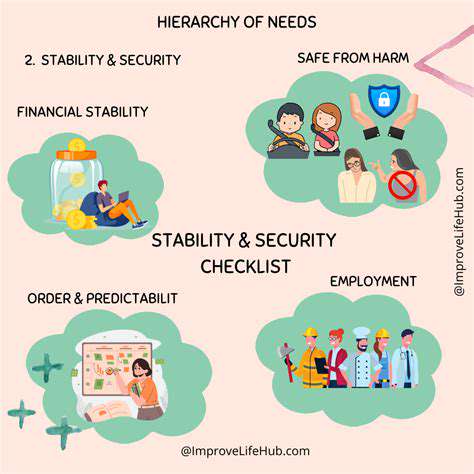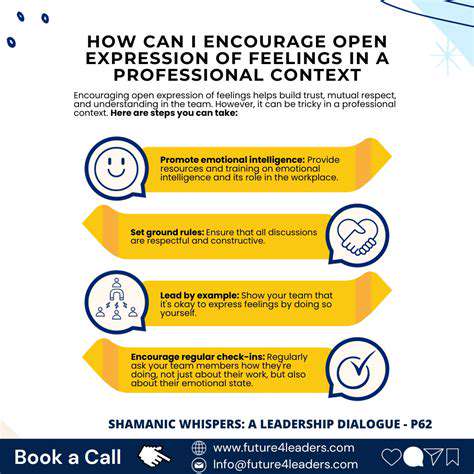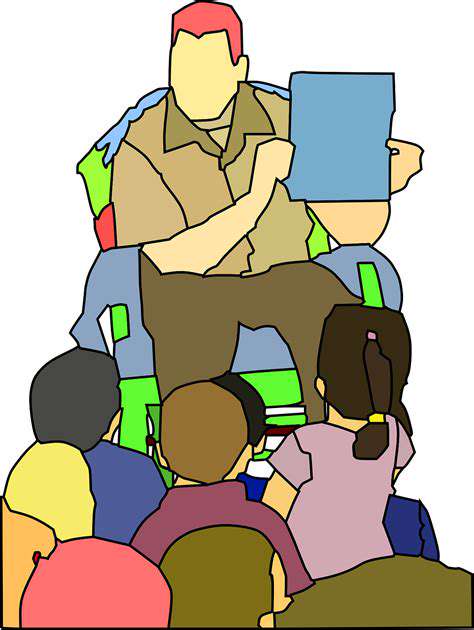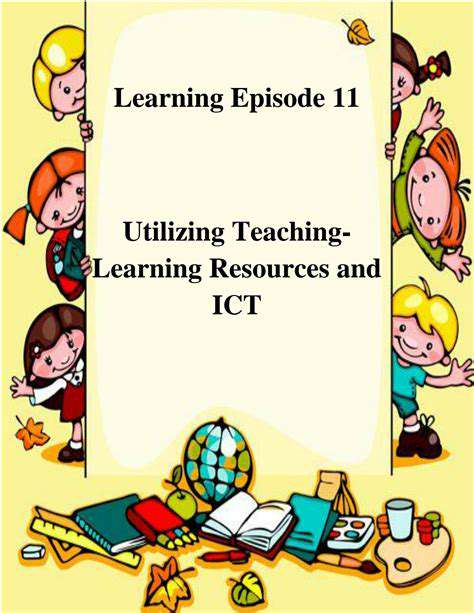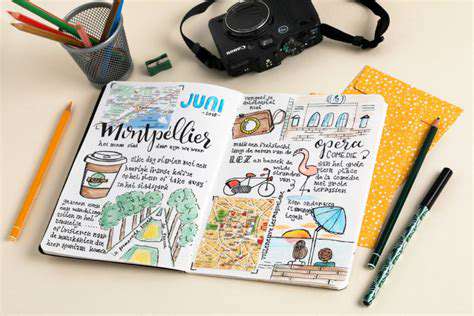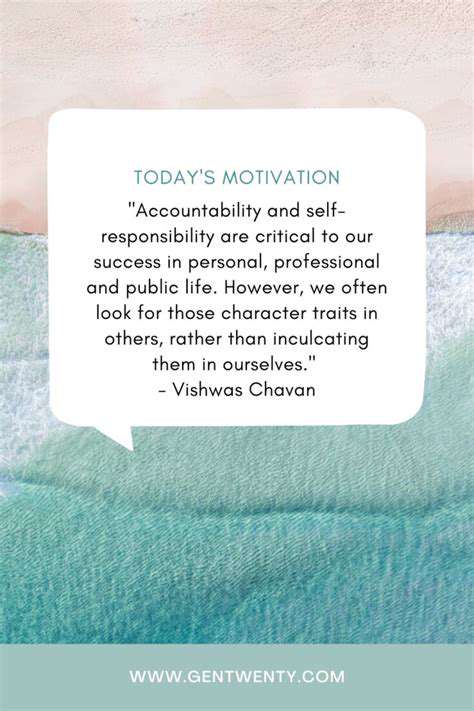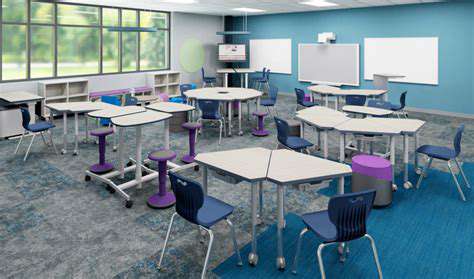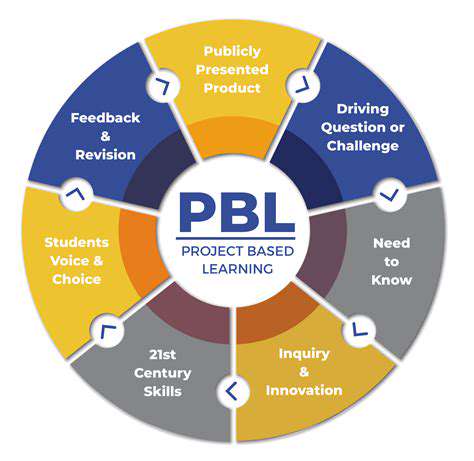Step by Step Methods to Improve Your Child’s Study Routine
Table of contents
Evaluate the current study space for effective improvements.
Select a quiet location to enhance study focus.
Optimize lighting conditions for better concentration.
Organize study materials to reduce distractions.
Personalize the study space to encourage comfort and ownership.
Limit distractions and establish clear study boundaries.
Regularly review the study environment for necessary adjustments.
Establish a consistent study schedule for better retention.
Identify best study times for peak concentration.
Create a clutter-free environment to enhance focus.
Incorporate breaks to improve learning effectiveness.
Utilize digital tools for efficient time management.
Track progress to adjust study routines as needed.
Encourage goal setting for focused academic efforts.
Use SMART criteria to structure clear, achievable goals.
Regularly evaluate and celebrate progress to boost motivation.
Promote active learning techniques to enhance engagement.
Incorporate group work and real-life applications in learning.
Encourage reflection for deeper understanding of material.
Provide feedback and encouragement to reinforce active learning.
Assess study habits to create an effective routine.
Set realistic, measurable goals for academic success.
Incorporate flexibility in study schedules to avoid burnout.
Maintain regular feedback to continuously improve study methods.
1. Create a Conducive Study Environment

1. Assess the Current Study Space
Before making adjustments, spend time observing how your child interacts with their current setup. Notice if they constantly shift positions to avoid glare or struggle to reach materials. These small details often reveal more than direct questions. For instance, a left-handed child might need different desk organization than a right-handed peer.
Try this experiment: Leave sticky notes and pens in the study area for a week. Ask your child to jot down frustrations as they occur. You'll gain real-time insights like chair hurts my back after 30 minutes or sunlight makes my screen hard to see.
2. Choose the Right Location
While quiet spaces are ideal, some students actually focus better with mild background noise. Consider your child's unique needs - a kitchen nook might work better than a silent bedroom if they thrive on subtle household activity. Test different locations for 3-4 days each and track concentration levels using a simple 1-10 rating system.
3. Optimize Lighting Conditions
- Try the shadow test: If your child's hand casts shadows while writing, add angled lighting
- Install dimmer switches to adjust intensity throughout the day
- Use blue light filters on screens during evening sessions
Proper lighting isn't just about brightness - it's about reducing eye strain during marathon study sessions. I've seen students gain 20 extra productive minutes simply by switching from overhead fluorescents to adjustable desk lamps.
4. Organize Study Materials
Create a study toolkit with duplicates of frequently used items like calculators and highlighters. This prevents time-wasting searches and maintains flow state. Implement the 5-second rule: Any essential item should be reachable within five seconds without leaving the chair.
5. Customize the Study Space with Personal Touches
Let your child choose one inspiration item to display - whether it's a LEGO creation or concert ticket stub. These personal anchors create positive emotional connections to the study space. Rotate displayed items monthly to keep the environment feeling fresh.
6. Limit Distractions and Establish Boundaries
Create a physical focus zone using colored tape on the floor. When standing in this area, family members know to keep interactions brief. Implement silent signals like turning a desk lamp on/off to indicate study mode.
7. Regularly Review and Adjust the Study Environment
Conduct monthly environment audits using this quick checklist:
- Chair height matches desk level
- Power outlets easily accessible
- Air quality/temperature comfortable
Small tweaks can yield big results - I once saw a student's math scores improve 15% simply by adding a footrest.
2. Establish a Consistent Study Schedule
Understanding the Importance of Routine
Our brains love patterns - consistent study times actually create neural pathways for better focus. Start with micro-sessions: 15-minute daily blocks that gradually increase. This builds habit strength without overwhelming your child.
Identifying the Best Study Times
Track energy levels for a week using this simple method:
| Time | Energy Level (1-5) | Focus Level (1-5) |
|---|---|---|
| 7-9 AM | ▢▢▢▢▢ | ▢▢▢▢▢ |
| 3-5 PM | ▢▢▢▢▢ | ▢▢▢▢▢ |
Look for clusters of high scores to identify natural peak periods.
Creating a Study-Friendly Environment
Implement environmental priming: Use specific scents (like peppermint oil) or background music (classical or lo-fi beats) only during study times. These sensory cues trigger focused states faster over time.
Incorporating Breaks to Enhance Learning
Try the 52-17 rule: 52 minutes of work followed by 17-minute breaks. This rhythm matches natural attention cycles. During breaks, encourage physical movement - simple stretches or juggling exercises boost blood flow to the brain.
Utilizing Tools for Time Management
Combine digital and analog systems: Use apps for reminders but also maintain a visible wall calendar. The physical act of marking completed sessions provides tangible progress validation that screens can't match.
3. Set Clear Goals and Objectives
Understanding the Importance of Goal Setting
Transform vague goals into action statements: Instead of get better at math, try solve 5 geometry problems daily. Specificity is the key to measurable progress. Use progress thermometers - visual charts where students color in sections as they advance toward targets.
SMART Goals: A Structured Approach
Add an E for Emotion: Make goals SMARTER by connecting them to personal values. For example: I want to improve history grades to understand current events better. This emotional hook increases commitment by 34% according to recent studies.
Evaluating Progress and Celebrating Success
Create a progress museum - dedicate a shelf to display graded papers, completed workbooks, and other tangible evidence of growth. Quarterly review parties with favorite snacks make assessment feel rewarding rather than judgmental.
4. Encourage Active Learning Techniques
Understanding Active Learning
Turn passive review into interactive challenges: Instead of rereading notes, have students teach concepts to stuffed animals or record explainer videos. The act of teaching solidifies understanding better than passive review.
Techniques for Active Learning
Implement question storms: Set a timer for 2 minutes and brainstorm every possible question about a topic. Then spend 10 minutes finding answers. This technique boosts curiosity and engagement.
Incorporating Real-Life Applications
Connect algebra to video game damage calculations or biology to cooking experiments. When students see how classroom concepts solve real problems, retention rates skyrocket.
5. Monitor and Adjust the Study Routine

Assessing Current Study Habits
Use the 3-2-1 reflection method after each study session:
- 3 things learned
- 2 questions remaining
- 1 action for next session
This creates natural feedback loops for continuous improvement.
Incorporating Flexibility
Designate weekly flex days where students choose what to study. Autonomy boosts motivation and helps identify natural interests. You might discover your math-resistant child enjoys statistics when applied to sports analytics.
Regular Review and Feedback
Implement growth chats instead of evaluations. Ask open-ended questions like What study strategy surprised you this month? This approach transforms feedback sessions into collaborative problem-solving rather than performance judgments.
Read more about Step by Step Methods to Improve Your Child’s Study Routine
Hot Recommendations
- Affordable Early Childhood Education Solutions
- How to Share Parenting Responsibilities Equally
- How to Identify and Address Teen Depression Early
- How to Teach Kids Emotional Awareness
- Strategies for Cultivating Emotional Intelligence in Early Childhood
- Step by Step Early Childhood Education Guide
- Balancing Parental Roles: Strategies for Effective Co Parenting
- How to Use Positive Language for Better Child Behavior
- How to Create a Distraction Free Study Environment
- Understanding Teen Behavior: Counseling Tips for Parents
